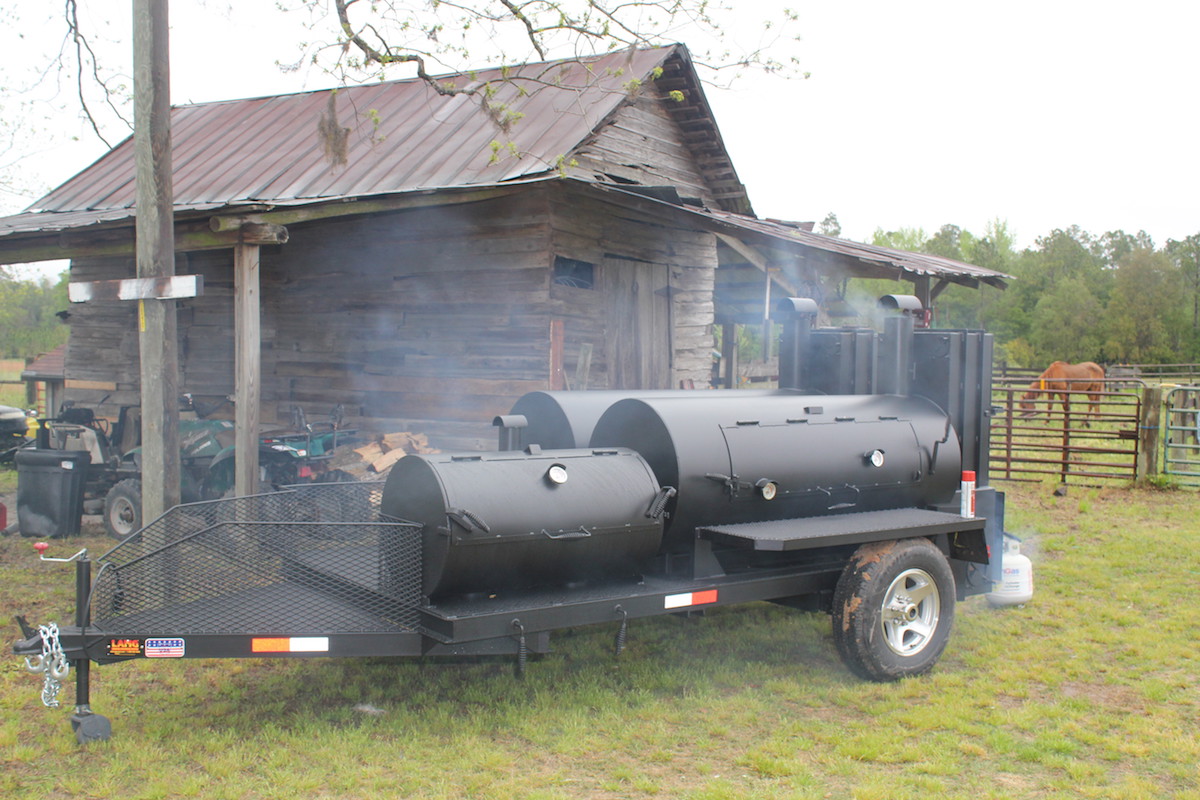We came across an interesting article on barbecuing and the so-called Stall, A.K.A. The Zone, The Plateau. The article, “Physicist Cracks BBQ Mystery” By Meathead appeared in the Huffington Post. Here is a summary of the article’s key points.
The stall has challenged many a cook. Take two of the best meats for low and slow smoke roasting like a pork shoulder or beef brisket. Looks so potentially wonderful as it lays on the smoker; makes your mouth water. You take that digital thermometer probe, insert and stabilize the cooker at about 225 degrees. You go off to tend to something else with anticipation.
When the meat temperature stops rising
Over the next few hours the temperature rises steadily and then it happens…it stops. It stalls on you; lingers for four or more hours, barely rising a notch. It may even drop back a few degrees. You immediately go into technical mode. You tap the smoker thermometer. You check the batteries. Oh, oh, guest is showing up. A glance at the reading…what??? The meat is nowhere near the perfect temp of 190 degrees. That’s where these cuts of meat are most tender and luscious, you think. Yep, the stall is sheer terror. Do you take the meats and pop them in the oven? Do you jack up the temp? You have no idea what’s going on.
Well, many pit masters have long believed that the stall is caused by a protein in the meat called collagen combining with water which converts to flavorful and slippery textured gelatin. It’s called a “phase change.” The conversion of collagen starts taking place at about 160°F. Still others speculate that the stall was the fat rendering, the process of lipids turning liquid. And then others think it’s caused by protein denaturing, the process of the long chain molecules breaking apart. According to the article, it’s none of the above. And there is a remedy.
“Physicist Cracks BBQ Mystery”
Dr. Greg Blonder to the rescue; a physicist, entrepreneur. He is also an avid cook, and barbecue lover. His answer: “The stall is evaporative cooling.” The meat is sweating, and the moisture evaporates and cools the meat just like sweat cools you after cutting the lawn. Dr. Blonder proves this out in controlled tests and also offers suggestions for meat prep and handling the stall. To get more detail information than the summary provided above, here’s the link to read the entire article, it includes his charts and photos as well: www.huffingtonpost.com

